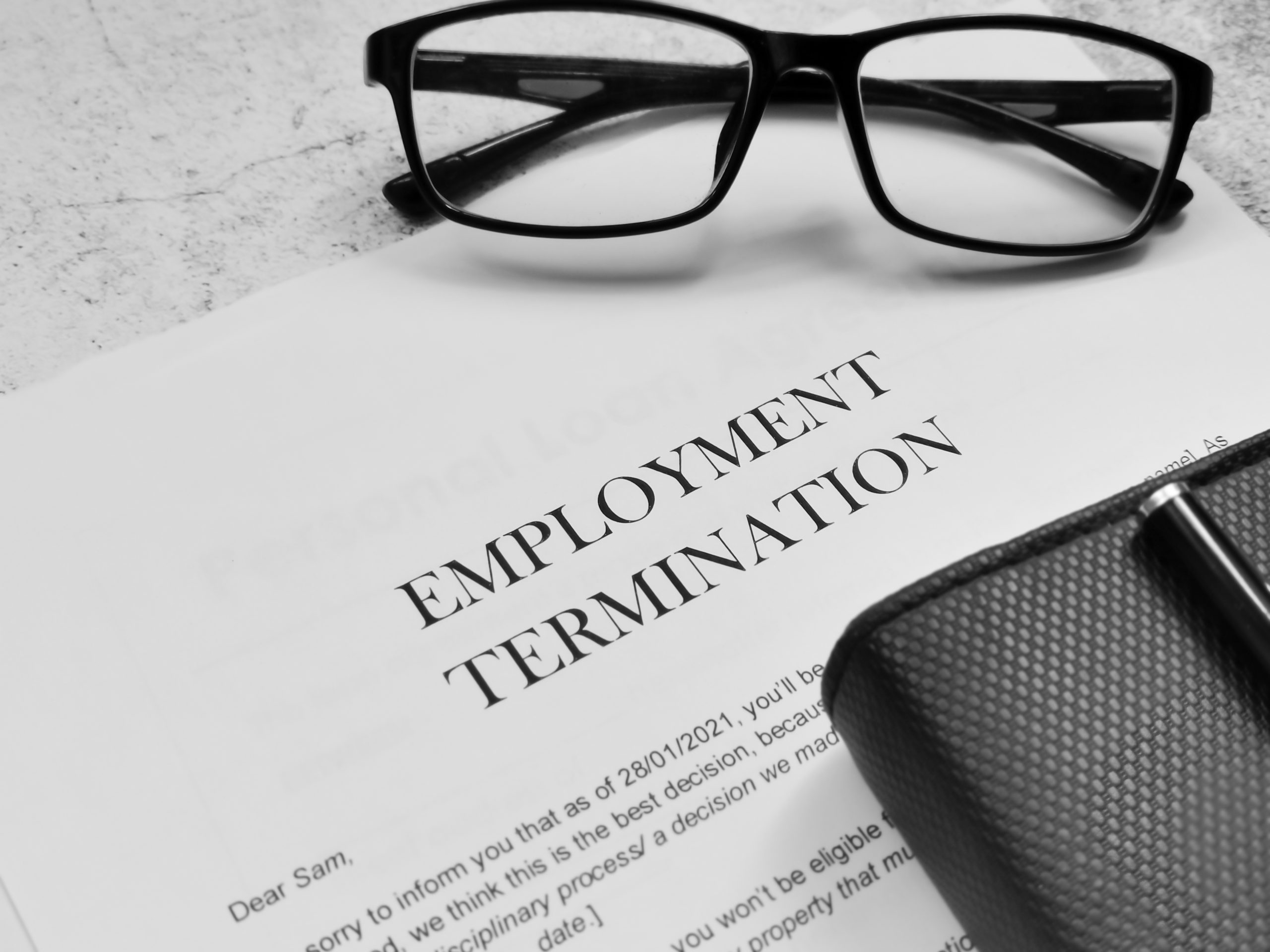Almost a year on from the introduction of the Worker Protection Act 2024, new research from our colleagues at WorkNest reveals that many employers are still falling short of their legal duty to prevent sexual harassment at work.
The Act, which came into effect on 26 October 2024, places a clear obligation on employers to take proactive steps to prevent sexual harassment in their organisations. Yet, WorkNest’s recent survey of over 400 HR professionals shows that more than half (54%) are worried they haven’t done enough to comply – a concern that highlights the urgent need for businesses to act.
Non-compliance remains a significant risk
Despite this duty being in place for almost a year, many employers are still unclear on what full compliance looks like:
- 41% have not carried out a sexual harassment risk assessment, and a further 22% are unsure if one exists.
- Only 37% confirmed they’ve completed a valid assessment.
- 45% have delivered training for all staff and managers, leaving 34% without any training since the duty came into force.
These figures make it clear that there’s still work to do. Failing to act exposes employers to potential tribunal claims, reputational damage, and employee relations challenges – risks that can be avoided through stronger prevention measures.
“Still significant work to be done,” says WorkNest expert
Commenting on the findings, Lorna Gemmell, Employment Law and HR Training Manager at WorkNest, said:
“While it appears that employers are aware of their legal duties, our findings suggest there’s still significant work to be done to embed preventative measures effectively. Risk assessments and training are fundamental steps, and without them, businesses risk being non-compliant – with potential legal, reputational, and employee relations consequences.
“This duty isn’t just about compliance – it’s about culture. HR and leadership teams should use this one-year milestone to review their practices and accelerate positive change.
We recommend training at all levels, building awareness, and creating a workplace culture where harassment is both prevented and addressed. Taking action now will reduce legal and reputational risk – and prepare organisations for tighter regulation ahead.”



